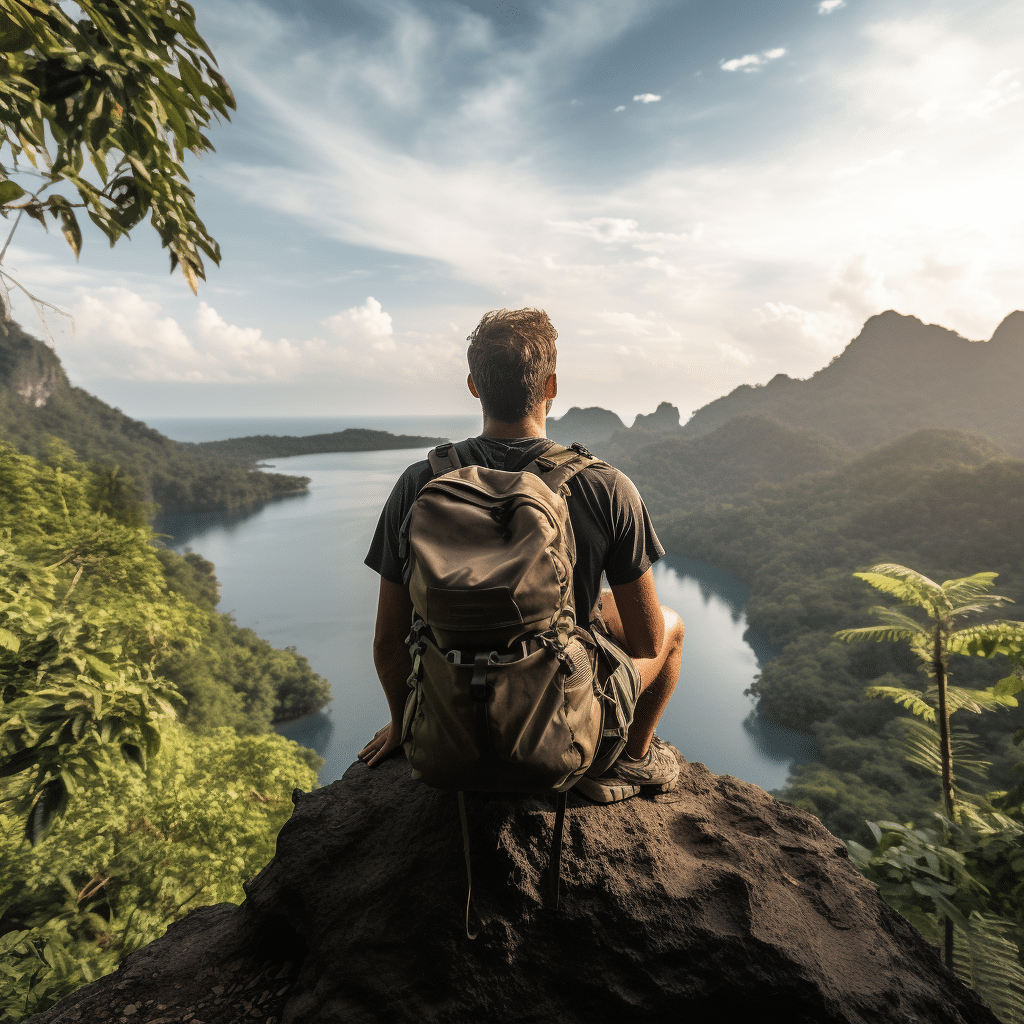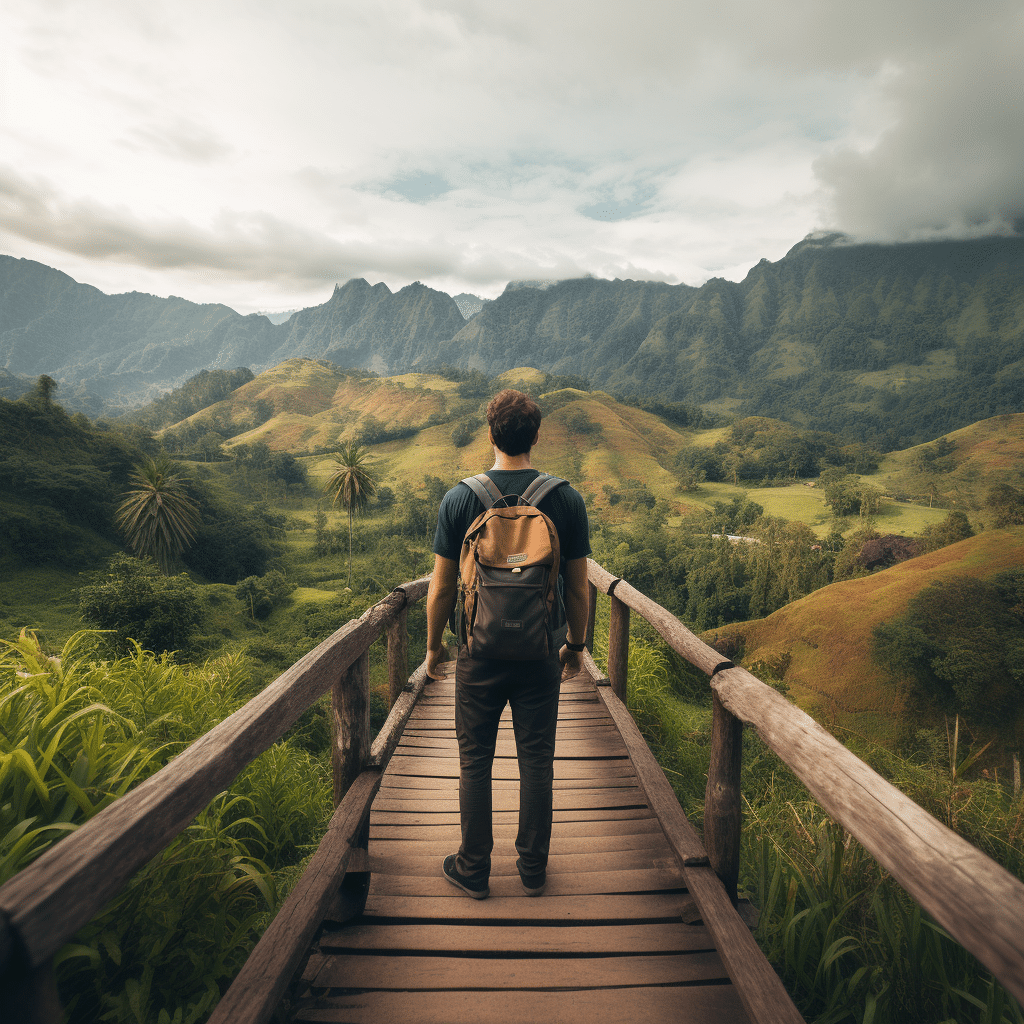

Solo adventure struggles often stem from loneliness and safety concerns, particularly for independent explorers. Embarking on a solo expedition can be an incredible journey of self-discovery, but it’s vital to prepare for these potential hurdles. This article delves into the challenges of loneliness and safety concerns, providing practical strategies for navigating these obstacles and ensuring a positive and safe experience for solo adventurers. We will analyze different types of solo adventure struggles, identifying common pitfalls and providing practical solutions. The article will cover planning, safety precautions, combating loneliness, and connecting with the environment in a respectful way to ensure both personal and environmental safety, offering actionable insights. It will conclude by summarizing key takeaways and providing a call to action for future adventurers.
Understanding the Unique Challenges
Recognizing the Emotional Toll
Solo travel, while offering unparalleled freedom and self-discovery, often presents unique challenges, primarily loneliness and safety concerns. The absence of a support network can lead to feelings of isolation, affecting mood and well-being. Moreover, the increased vulnerability in unfamiliar environments requires careful planning and preparation to mitigate potential risks. Recognizing these challenges is the first step toward navigating them effectively. A great starting point is journaling or creating a travel diary.
Safety First
Safety is paramount in any adventure, and solo travel elevates this concern significantly. Accidents, mishaps, and unexpected emergencies are amplified without a companion. This means careful route selection, appropriate gear, and communication with friends or family. Safety planning should include detailed maps, emergency contacts, and potential risks specific to the chosen destination. In solo backpacking trips, bear safety is crucial.
Planning for the Unexpected
Establishing a Safety Net
Thorough planning is crucial for overcoming safety concerns. Share your itinerary with trusted contacts, including detailed information about your route, lodging arrangements, and expected return time. Document the route with a GPS device and a backup paper map. This safety net provides peace of mind and reduces potential panic in case of emergencies. Carrying a comprehensive first-aid kit is also essential, covering common ailments and potential injuries.
Preparing for Emergencies
Emergencies can arise unexpectedly. Having a communication device, emergency contact information handy, and knowing how to use emergency services in the local area is very important. Familiarize yourself with local emergency numbers and protocols, and understand how to signal for help in different situations. Learning basic first aid skills, survival techniques, and how to use the environment for shelter are all very valuable survival skills for a solo adventurer.
Combatting Loneliness During Exploration
Embracing Solitude
While loneliness can be a challenge, accepting solitude can be a profound experience. Finding moments for introspection, engaging with nature, and practicing mindfulness during downtime can transform solitary travel into an opportunity for personal growth. Keeping a travel journal is a great tool to document observations, thoughts and feelings. Engaging in activities like meditation or photography during downtime can increase self-awareness and reduce feelings of loneliness.
Seeking Connections
Don’t underestimate the power of human connection, even in isolation. Consider joining local groups, volunteer opportunities, or outdoor activities to meet fellow travelers or locals. Connecting with fellow explorers in online forums or adventure communities can provide support and valuable insights. The more you talk to people, the more you will be able to feel connected to the environment and the community.
Essential Gear and Practical Tips
Choosing the Right Gear
Choosing appropriate gear is crucial for both safety and comfort. This includes high-quality hiking boots, weather-appropriate clothing, a sturdy backpack, a map and compass, a first-aid kit, and a reliable way to communicate in case of emergencies. For remote areas, a satellite messenger or a personal locator beacon can be critical. Pack smart, understanding the conditions and the challenges of your chosen destination.
Staying Informed
Staying informed about local conditions, safety warnings, and potential hazards is essential. Check weather forecasts and be aware of any natural disasters or recent events in the area. Download offline maps and relevant information before embarking on your journey. Follow the rules of the environment or area and respect the local customs.
Planning Your Routes
Route Selection
Careful route selection is crucial. Consider the difficulty and distance of trails, especially if undertaking a solo adventure. Choose trails that are well-maintained and marked, and avoid venturing into areas that may present unnecessary risks. Assess your current fitness levels and plan accordingly.
Managing Expectations
Setting realistic expectations is vital. Solo travel often involves more time spent outdoors, and physical endurance can vary between people. Be prepared for delays, unexpected circumstances, and variations in weather. Be aware of the weather, and plan your activities around the conditions.
Frequently Asked Questions
What are some common safety concerns for solo adventurers?
Solo adventurers face a unique set of safety challenges that differ significantly from group travel. Potential dangers include, but are not limited to, physical harm from animals or natural elements, getting lost, encountering dangerous individuals, and lack of immediate assistance in emergencies. Solo travellers should meticulously plan their routes, carry appropriate gear, and inform someone of their itinerary and expected return time. Learning about local customs and emergency protocols is also an essential part of the preparation for a safe solo adventure.
How can I combat loneliness during a solo adventure?
Loneliness during solo travel is a common struggle. A proactive approach includes connecting with the local community through cultural immersion, seeking out fellow explorers through online or offline forums for solo adventurers, joining local events or workshops and creating daily journaling practices that help to record the adventure experience and connect with oneself. Engaging in activities that bring joy and personal enrichment can also help combat the feelings of isolation. Remember, even a short interaction with a friendly face can alleviate feelings of loneliness and build a sense of belonging.
In conclusion, solo adventure journeys, while offering immense personal growth, come with inherent challenges. Understanding the struggles of loneliness and safety concerns is paramount for independent explorers. By proactively planning, seeking support, and staying informed, adventurers can mitigate these risks and unlock the rewarding potential of self-discovery. This article has explored how to prepare for and navigate these aspects of solo exploration. Next steps for you include prioritizing personal safety, connecting with others, and continually learning about the environments you plan to explore. Stay adventurous!